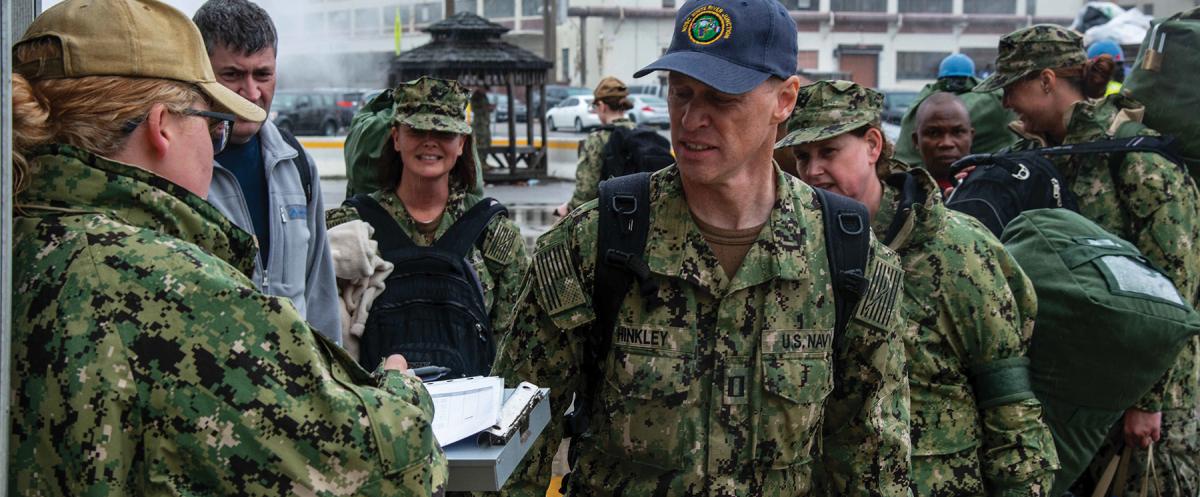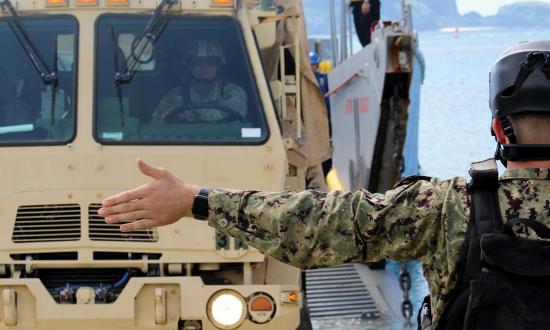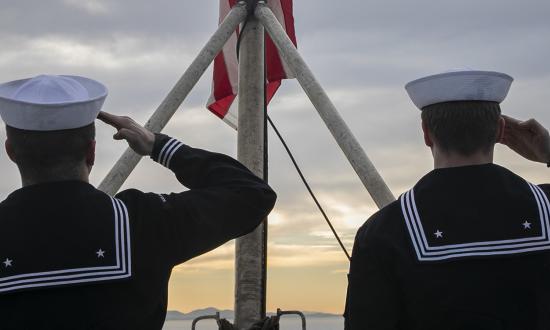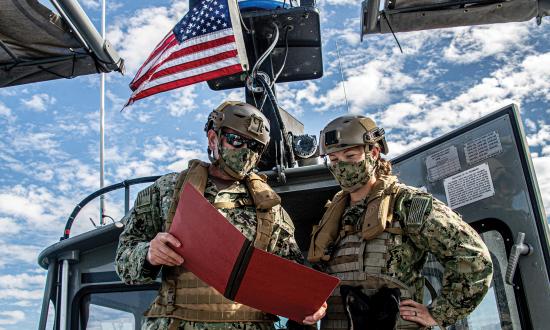When I first affiliated with the Navy Reserve more than a decade ago, I felt as if I had joined a whole new Navy. Even though I had spent almost five years on active duty as a surface warfare officer, the Navy Reserve felt foreign—with a new language, disparate systems that did not align with the active component, and completely different requirements from what I had learned before. One of the biggest differences I saw was Reserve sailors choosing annual training orders with commands outside the gaining command. During that time, it was not unheard of to get orders to a high-profile event such as Fleet Week even if the command provided zero support to the event. Or a friend of a friend would know of an office that needed support and magically funding would appear to support that sailor’s orders.
The Navy Reserve Fighting Instructions
As my Navy Reserve career progressed, I saw that trend shift to ensure a sailor’s active-duty training aligned tightly with his or her progression to the gaining command. At the time, it baffled me that it was commonplace for a sailor to use active-duty resources to provide support to a billet other than the one he or she filled.
Today, operational efforts focus entirely on a sailor’s mobilization billet. The Navy Reserve Fighting Instructions were introduced in 2020 and work to reshape how reservists train, mobilize, and improve warfighting readiness. Under the leadership of Vice Admiral John Mustin, Chief of the Navy Reserve (CNR), Navy Reserve forces are more tightly aligned to critical wartime functions in every command to maximize the national mandate of providing wartime strategic depth. Training focuses on preparing Reserve sailors for mobilization billets, which establishes a much higher state of mission readiness for their wartime roles and enables them to excel in a maritime fight.
Pacific Commands
For many Reserve units, their sailors will mobilize to continental United States (CONUS)–based units. However, for the almost 20 Navy Reserve units that support commands in Japan, Korea, and Singapore, mobilizing and moving Reserve sailors to their gaining commands presents a significant logistical challenge that deviates from the traditional mob-to-billet concept. In November, leaders of those units gathered at the inaugural Naval Reserve Far East Total Phased Force Deployment Design Tabletop Exercise at Naval Base Ventura County, California, to critically think through the challenges of, and identify solutions to, the mob-to-billet initiative for CONUS-based Reserve sailors who support commands in the Pacific.
For 20 years, the wars in the Middle East mobilized seagoing sailors to ground-based billets. Systems were built to support the movement of sailors from CONUS stations to staging areas to accommodate personnel movement in and out of the theater. Reserve sailors who were once seagoing morphed into desert sailors. But as the pace to ensure full preparedness for a seagoing battle quickens, the systems and processes in place are not optimized to rapidly mobilize sailors to the Pacific theater in response to a maritime mission.
In alignment with the CNR’s war-fighting instructions, the Navy Reserve Naval Forces Japan/Navy Region Japan employs exercises such as Citadel Pacific, Keen Edge, and Keen Sword to allow sailors to be part of the watch teams they would support during a real-world crisis. This gives them the chance to learn their roles, hone skills, and gain proficiency in the areas that would be critical wartime functions.
During Keen Edge 22, planners wrote the exercise script specifically to account for the time it takes to mobilize Reserve sailors in the United States and transport them to the gaining command in Japan. Early on, the team recognized that immediate response at-scale from the Reserve Force was not realistic. To adequately train and prepare for a realistic scenario, the exercise inserts reservists into watch teams that have been manned by active-duty colleagues for several days, even weeks. This approach offers both relief to the active-duty staff who provide immediate response and fresh minds.
By ensuring total alignment, using active-duty opportunities to fully train and prepare sailors for their wartime roles, and working with the gaining commands, titles such as “reservist” or “active component” are merely indications of pay and benefits, because we are one Navy, a Total Force. The biggest compliment a reservist can receive is when a colleague says, “I didn’t know you were a reservist.”
Looking Forward
While stories from annual training more than a decade ago range from memories of walking the streets of New York in dress whites to sitting in a cubicle for two weeks doing nothing but online training, one thing is clear: Today’s Navy Reserve is more strategic, intentional, and prepared to do wartime jobs than ever before.
Through the continued annual work of the Naval Reserve Far East tabletop exercise, the solutions to enable CONUS-based sailors to support their commands in the Pacific will need to be tackled by both the reserve and active components. This is not a Navy Reserve-centric issue to tackle; we are one Navy, a singular Total Force. As the Navy Reserve continues to refine the mob-to-billet concept and its implementation, solutions will be refined, systems and processes will diverge from those that supported the past 20 years of ground war, and the Navy Reserve can return to its maritime roots.






